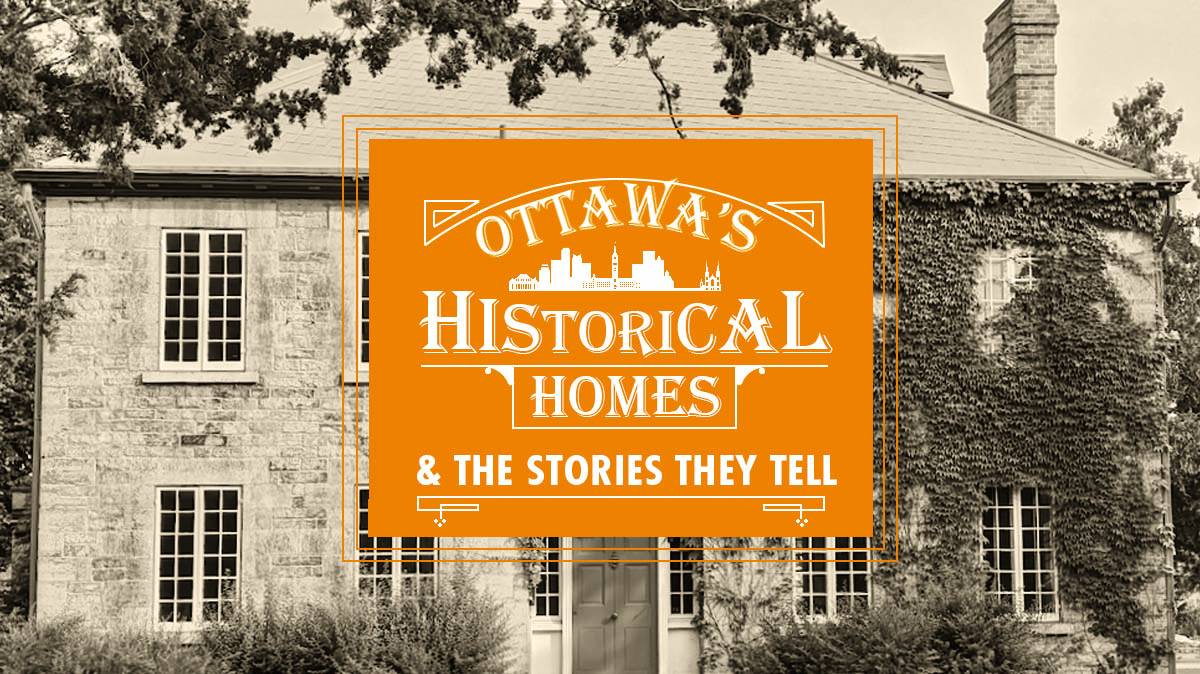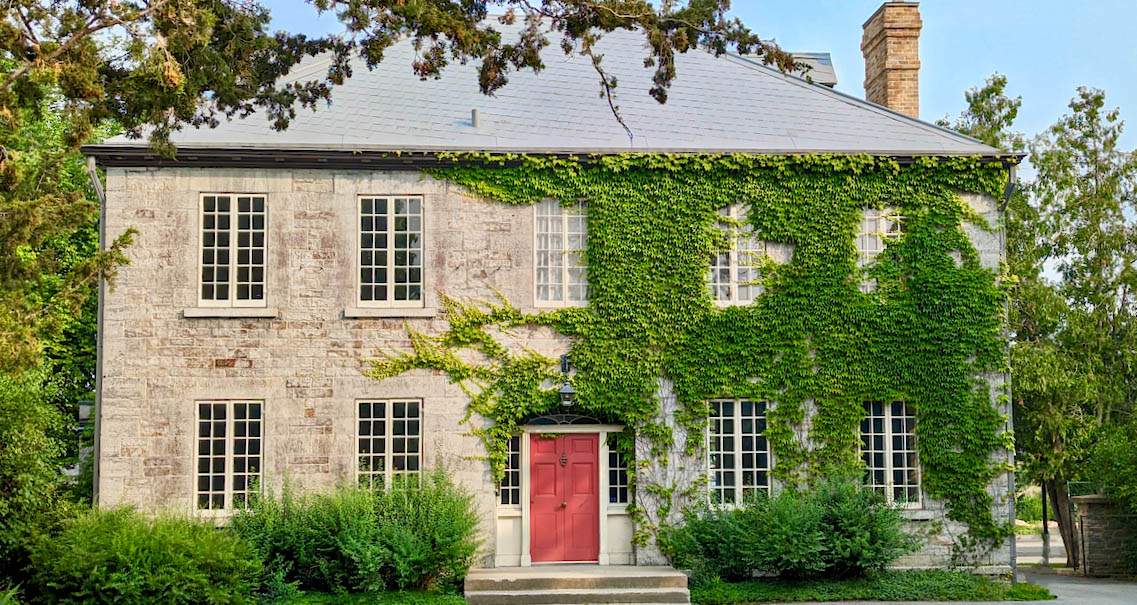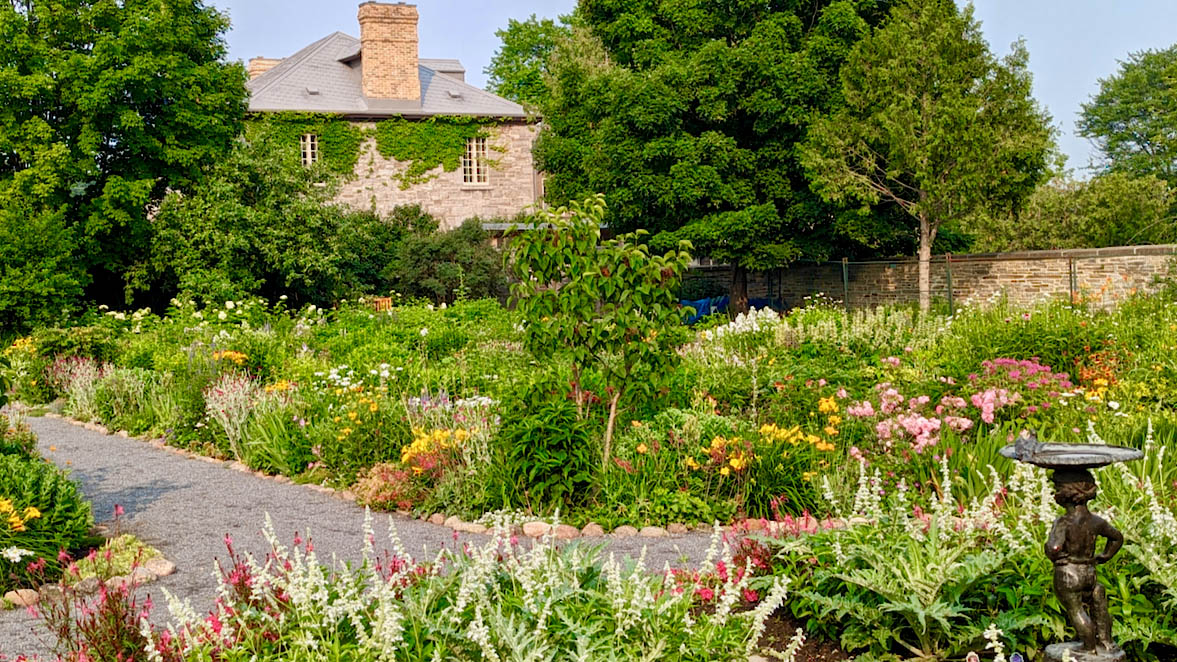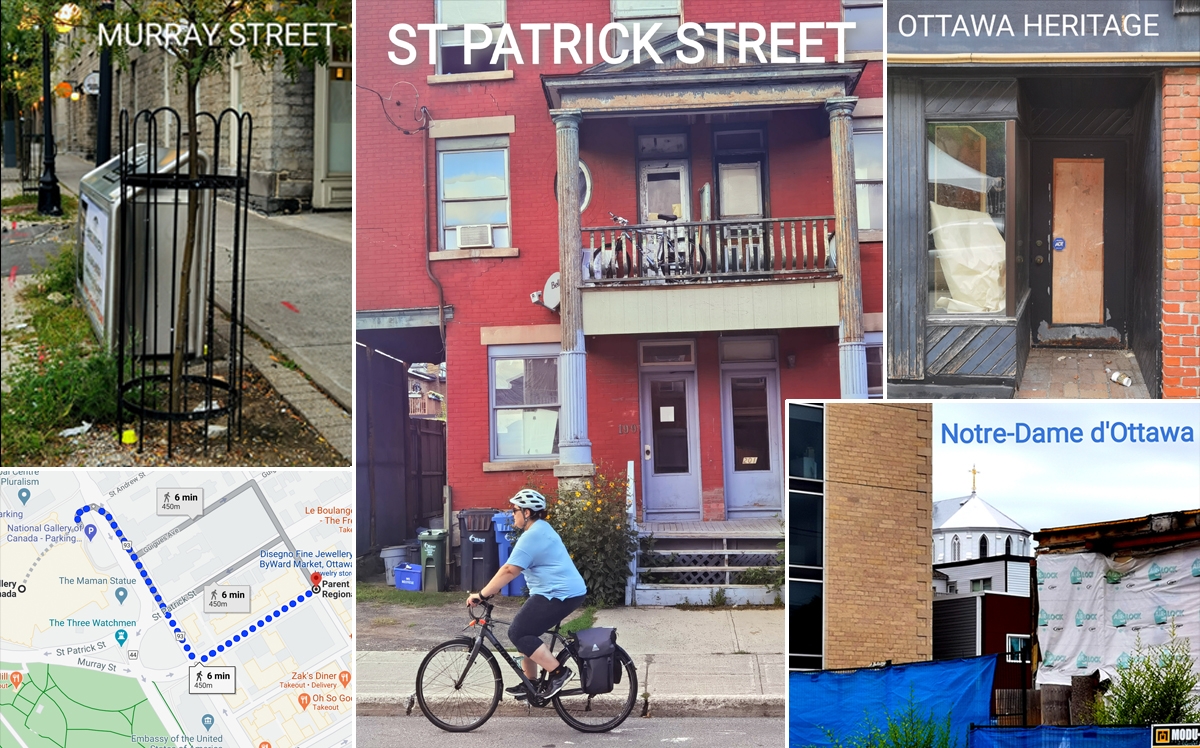
The Story of Richmond Road, a Manor House and its Famous Ornamental Gardens
Several major arteries in what is today the urban region of Ottawa were once the main highways that led out of town. Montreal Road, for example, starts on the eastern shore of the Rideau River across the Cummings Bridge. A few generations ago, residents of Eastview (Vanier) referred to it as “The” Montreal Road, for just beyond Notre-Dame Cemetery and St-Laurent Boulevard, it became a numbered “Rural Route” that made its way past Orleans and all the way to the city of its naming. Prince of Wales Drive past Baseline Road was colloquially known as “The Prescott Highway.” One of the very oldest that still bears the name of its destination is Richmond Road, built in 1818 as a link between the Ottawa River and its namesake village.
The British administration offered land grants to veterans of the War of 1812, and many chose the banks of the Jock River as the place to call home. A corduroy road was constructed between the vicinity of the Chaudière Falls in Bytown and the new military settlement in Richmond. Travel was brutally slow, dangerously clumsy for horses, and probably rattled the wooden teeth out of even the most stoic mouths. According to the Reverend John L. Gourlay, it was the contingent of men themselves that build the road.
Under Sergeant Hill, they organized to cut the road from the Flats, the place of their encampment, to the Jock, ever since known as the Richmond Road. They kept within hailing distance of the river on their right hand until they reached the sandy hill, when the sight of the great bay directed them to the left, and at what was soon after, Bell’s Corners; turned still more to the left till they struck the Jock, up which they kept their course till they reached the little falls, which Captain Lyons soon improved into a mill dam. — from “The History of the Ottawa Valley” (1896)
Early roads were also meant to spur commerce, and many fine homes from that era remain today as symbols of that growing rural prosperity. Just to the west of the retail strip in Westboro stands a stone house built in the Georgian style and known now as Maplelawn.
In 1817, William Thompson, his wife, three sons and six daughters, emigrated from Scotland with little more than hope. They were allotted 400 acres of fine land situated between the river and present-day Carling Avenue, upon which they started the first farm and built the first frame building on Richmond Road. As was often the case, a frame house was eventually replaced by a more substantial structure, and so it was that a 2.5-storey stone manor was constructed between 1831 and 1834.

“The entrance has a crystal-clear fanlight and eight-paned sidelights with extremely fine muntins. The main staircase, free hanging, has an exquisite nested newel and fine stringer trim. There are corner-boxed doors, decorative panelling, excellent plasterwork, wide pine floors, inside shutters, three unusual fireplaces, a stone-walled garden and, in the attic, tie beams and king posts resembling early church architecture.” National Capital Region Heritage — National Capital Commission
William Thomson passed in 1833 and never felt the pride of seeing his family’s legacy reach completion. His sons William and John continued to prosper as farmers and lumbermen. Fellow lumberman Thomas Cole purchased the Thomson property in 1877 and transformed it into what he called Highland Park Dairy Farm. In 1895, he sold it to his son John, who would see opportunity in the new electric streetcar that, in 1899, ran down the middle of the corridor that still exists between Richmond Road and Byron Avenue, all the way out to Britannia. He subdivided some of the property for housing and a new school and turned the farm into one of the first in Canada to be electrified. Further subdivision created Highland Park.
Perhaps the most charming feature of the original estate is what started as a walled farm garden, considered the finest of its kind in the British classical tradition to date from Upper Canada. In 1935, Lloyd B. Rochester (an in-law to the Coles) purchased the manor and embarked on additions and renovations. He hired R. Warren Oliver, a landscape architect at the Central Experimental Farm, to transform the produce garden into the charming ornamental garden that is today open to the public. It was Rochester who named his version Maplelawn.
In 1989, Parks Canada recognized Maplelawn & Gardens as a National Historic Site.

PHOTOS: Micheal Bussière









